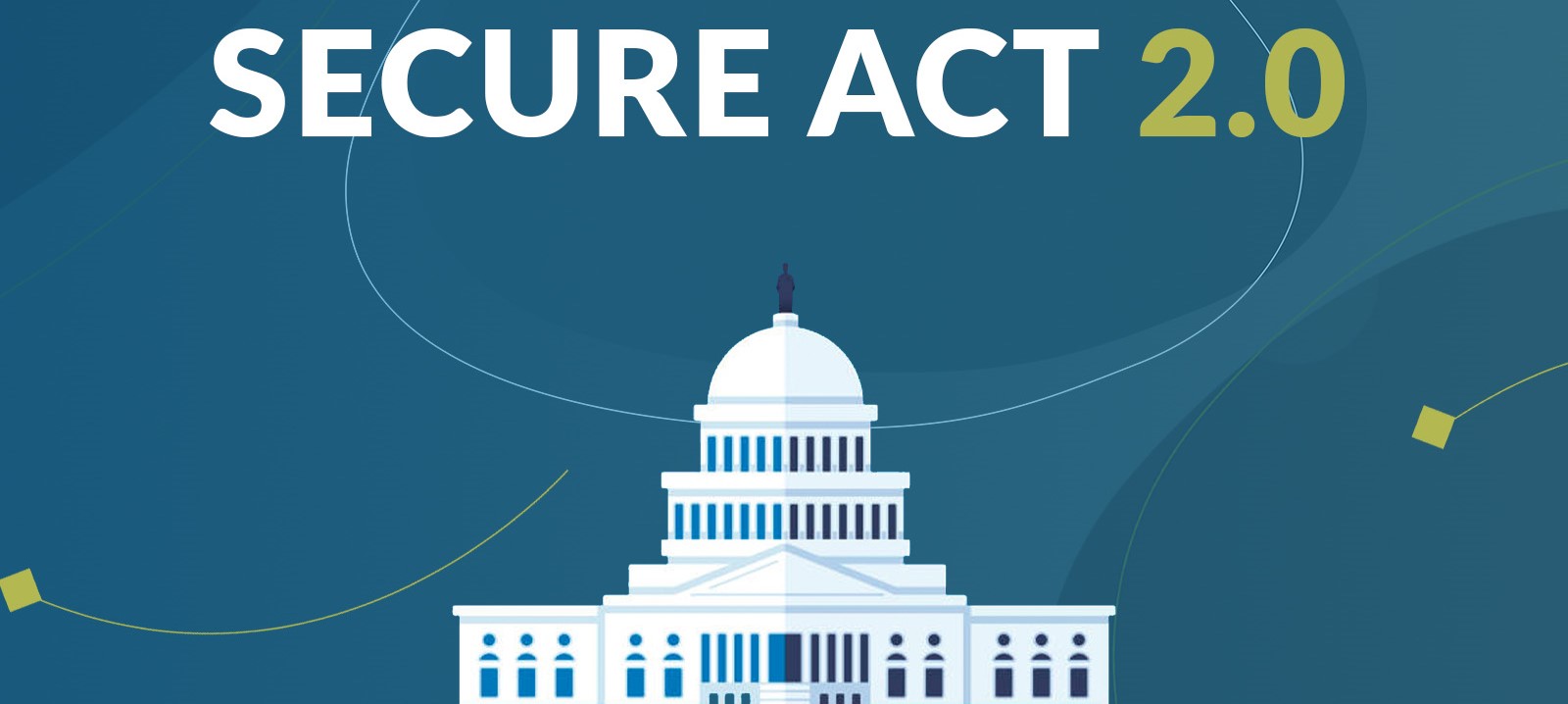Leaving your job early could result in overlapping guidelines, creating unexpected RMD headaches.
Still-Working Exception
For those who have 401(k)s or other employee retirement plans (not SEP or SIMPLE plans), the required beginning date (RBD) for required minimum distributions (RMDs) is the same as IRA owners – April 1 of the year after a person turns 72.
However, if the plan allows for the “still-working exception”, the RBD can potentially be delayed if a worker is still employed at the company where they have the plan. Also, the worker cannot own more than 5% of the company in the year they reach the age of 72.
If the worker qualifies and the plan permits, he can delay the RBD to April 1st of the year following the year he or she retires. This is sometimes called the “still-working” exception, but it only applies to RMDs from employer plans. It does NOT apply to IRAs. It also does not apply to employer plans if the worker is not currently working for that company.
Note that this provision is optional – plans are not required to allow it.
First Dollars Out Rule
What happens when an employed person over 72 has no plan RMD, due to the still-working exception, but then gets laid off, quits voluntarily, or another circumstance forces the person to abruptly separate from service? Suddenly that former employee now has an RMD for the year.
And what if that person had done a rollover from the plan to an IRA earlier in the year with the expectation that they would continue working through the whole year? Well, based on the “first dollars out rule”, that person may have rolled over the RMD, which is not allowed.
While the RMD did not apply at the time of the rollover because of the still-working exception, the subsequent separation from service within the same year would have ended the still-working benefit. Because of the overlapping guidelines, the normal RMD rules would spring into effect.
Example
John is a 75-year-old employee at Beachside Surf where he fabricates surfboards. John participates in the Beachside Surf 401(k) and uses the still-working exception to delay his plan RMDs. John intends to work for a few more years before he retires. To access a particular investment that he cannot purchase in the plan, John rolls over $20,000 to his IRA in March of 2022. He has not taken any other distributions.
In August of the same year, Beachside Surf is hit by a tsunami, and the business is destroyed. The owners have no plans to rebuild, and all the employees are immediately laid off. Suddenly, John is no longer “still-working.” With this abrupt separation from service, John has a 401(k) RMD for 2022. Uh-oh. John rolled over $20,000 earlier in the year. Based on the first-dollars-out rule, in conjunction with his unexpected termination, the $20,000 retroactively includes John’s 2022 RMD. That RMD is now an excess contribution in the IRA and must be rectified.
This example of overlapping guidelines may sound like a stretch, but similar circumstances cause people to run afoul of the regulations all the time. When it comes to the still-working exception and the first-dollars out rule, it is imperative to monitor your timing.
By Andy Ives, CFP®, AIF®
IRA Analyst











